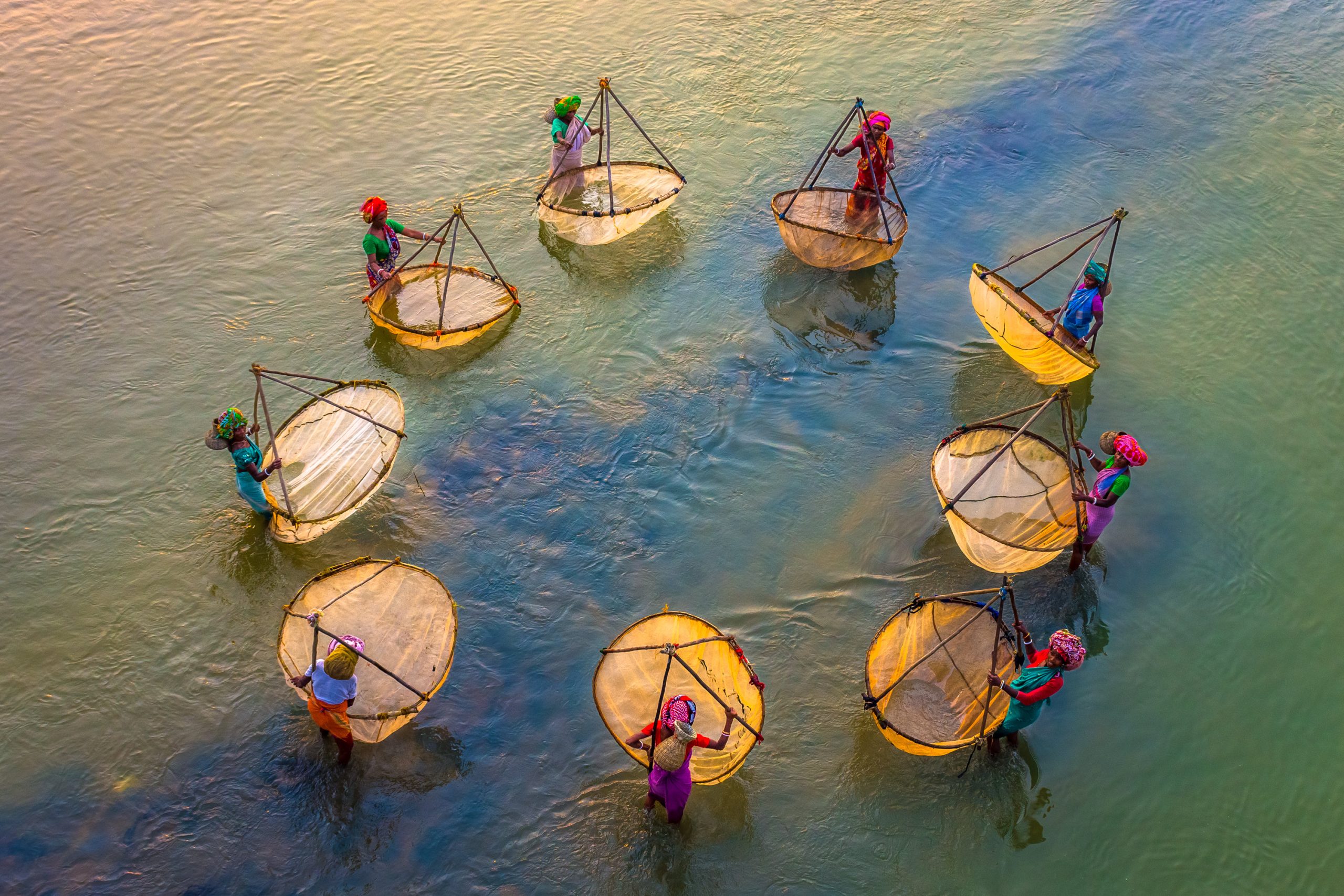
What is ‘multicultural’? What is ‘intercultural’? When examining this issue, it becomes apparent that one idea has evolved from the other. One idea describes independent behaviour, whilst the other necessitates interaction and empathy.
Societal Change
There has been a shift in the language used to describe diversity and equity in the past few decades. It’s noticeable that, when discussing culture, people are now using the word “intercultural” rather than “multicultural”. This slight change of emphasis communicates a desire for our communities to empathise and interact with each other, where in the past different ethnic groups would be encouraged to learn to merely tolerate and live alongside each other.
What’s the Difference?
Where ‘multicultural’ relates to varied cultural groups existing independently of one another, ‘intercultural’ refers to something occurring between different cultures. The former is passive, involving these groups existing in their own separate ways. The latter is active and describes interaction between culturally diverse people. A desire to shift from a multicultural society, where culturally diverse people exist side by side, to an intercultural society, where these people interact, share, and learn from each other, is becoming increasingly apparent.
Be the Change You Want to See
It’s noticeable that a desire for change doesn’t mean that the change has occurred. Habits are entrenched, and people take time to learn and implement new concepts and behaviours. In other words, our society has moved from an initial focus on tolerance and multiculturalism to a desire for empathy and intercultural understanding, but we are still finding out how to bridge the gap between awareness of other cultures and interacting with them. Sharing experiences like singing, dancing and storytelling are great ways to do this. It’s important to participate in these experiences rather than merely observing as an audience member to more fully understand cultures.
Intercultural Performing Arts
When it comes to performing arts programs, schools will usually include other cultures in the program through booking incursions once or twice per year. This is a wonderful way to provide an authentic context for students to understand music, dance and drama from other countries. However, in order to cover the many different intercultural understanding curriculum aspects in the Australian Curriculum, units of work need to be developed that allow students to experience and learn from cultural diversity in more detail. From developing empathy to communicating across cultures, there are a lot of strands to be included.
Intercultural School Communities
In addition to organising incursions from culturally diverse performers, performing arts teachers can include their school communities when planning curriculum. This needs to be done with sensitivity on a family-by-family basis, rather than expecting every student to contribute about their background. Some students will want to share songs, instruments, stories, dances or traditions, others may feel that this is a private and personal matter.
Provide Information about Instruments
Placing instrument origins in context can be another great way to get students thinking about culture. For example, glockenspiels originate in Germany, meaning ‘bell play’ and djembes come from Mali and have an interesting orgin story. Apparently, a woman was sitting and pounding grain in a big wooden bowl and pounded a hole in the bottom of it. Her husband came along and fixed it with some goat skin was carrying. They turned it upside down and it became the first djembe drum! Both of these instruments are commonly used in primary school music classrooms and these are easy additions to a lesson plan for any teacher.
Use Technology
Taking a blended learning approach can expand the horizons of music classes from the practical to a broader exploration of instruments, form and geography using the program Sound Infusion https://soundinfusion.io. After using and finding out about the origins of classroom instruments such as glockenspiel and djembe, students can explore about instruments from more than 100 countries and find out about where they are from, what they sound and look like, and drag samples around in a studio to make their own music. Working alongside classmates, they can discover new instruments and sounds as well as sharing those encountered from their own cultures. A bonus of this program is that it also includes 10 lesson plans for each year level of school.
Learn Songs from Different Cultures
Musicians have shared music from different cultures throughout time – they are in a way the ambassadors of interculturalism! Performing arts teachers can monitor their programs to ensure that they are including songs from around the world and provide some context when teaching them through either connecting directly with people from that culture in the community or via an incursion, or indirectly through sourcing videos online.
Aspiring to be an intercultural community rather than separately noticing the cultures around us is a wonderful aim. To achieve this, we need to be brave enough to sometimes reach outside our comfort zone to provide the best learning experiences for our students.
Share this Post



